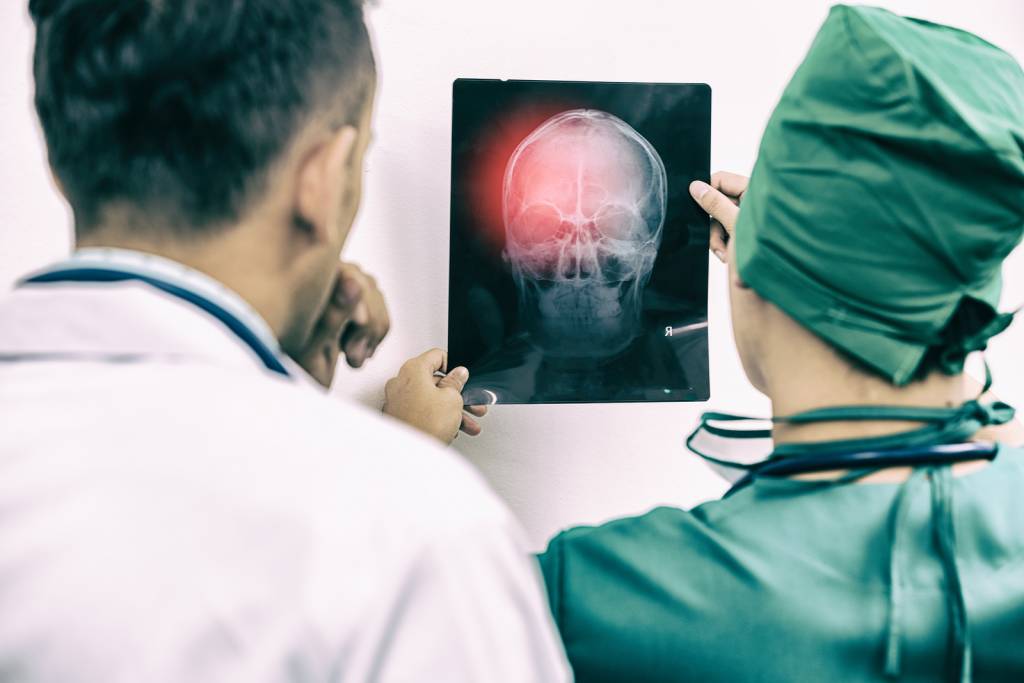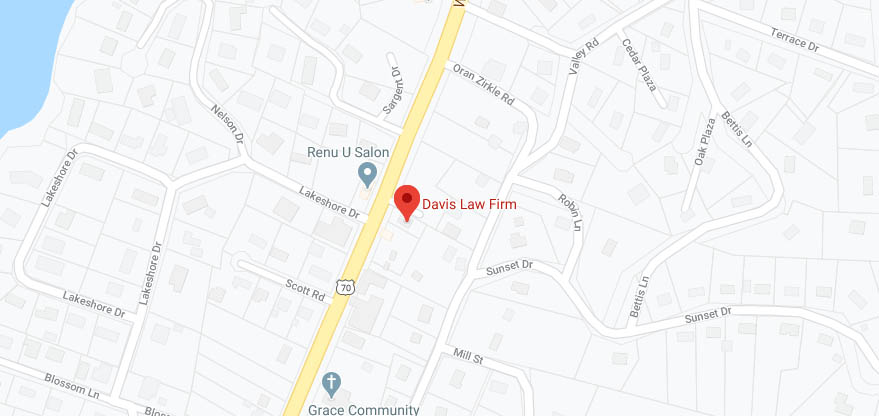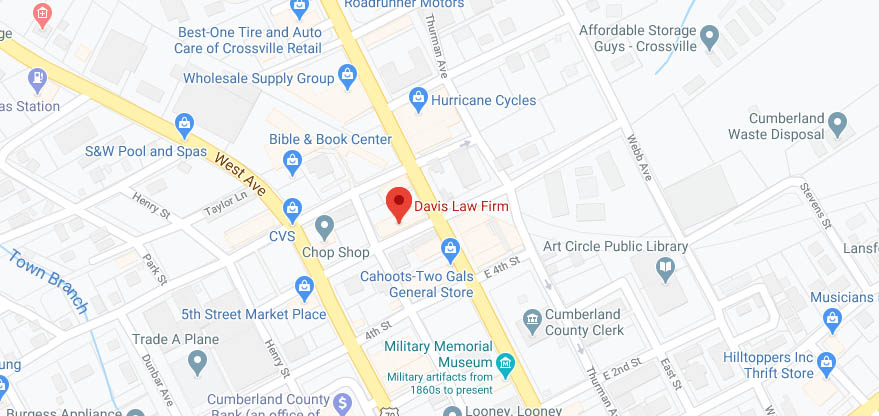The abrupt force of a car accident commonly causes serious bone fractures, some of which can cause spinal cord injuries. Recognizing the signs of a spinal cord injury is vital because one wrong move with someone who has this injury could cause permanent damage. Spinal cords are very sensitive to damage and serve as communication to the brain for movement and sensation. A damaged spinal cord can lead to paralysis and dependence on others for basic care needs. If you suffered personal injuries from a car accident caused by a negligent driver, be sure to contact a Tennessee car accident lawyer to explore compensation.
Recognizing the Signs of Spinal Cord Injury
To recognize the signs of a spinal cord injury, it helps to know the two basic types of spinal cord injuries. Incomplete spinal cord injuries vary depending on the amount of damage caused. People with this type of injury may still have some sensory and motor function. Complete spinal cord injuries remove all sensory and motor functions below the site of the injury. This is commonly known as paralysis.
People may also experience bladder or bowel control problems and trouble breathing without the help of a machine. There are certain signs you can look for right after the accident to see if you or someone else has likely suffered a spinal cord injury. These include:
- Weakness or paralysis in part of the body
- Extreme pressure or pain in the back or neck
- Trouble with coordination or walking
- Difficulty breathing
- Numbness or tingling sensations
- Bladder or bowel control problems
Not all spinal cord injuries are as obvious. This is why it is highly recommended that you see a doctor if you were in any accident that applied massive trauma on your body.
Emergency Intervention for Spinal Cord Injuries
If you suspect a spinal cord injury in you or someone else, there are certain emergency techniques that can prevent further damage until paramedics arrive. Severe neck, head, or back pain upon moving a certain way can be signal from your body telling you to stop moving the damaged area. Listen to what your body tells you and avoid moving in positions that cause worsening pain.
Call 911 first and find ways to stabilize the person. Some people use towels or books to immobilize the person’s neck and back. However, circumstances that involve vomiting, choking on blood, or difficulty breathing can require turning the person on their side. One safe way to do this is to have one other person help you turn the person on their side without moving the back or neck too much.





